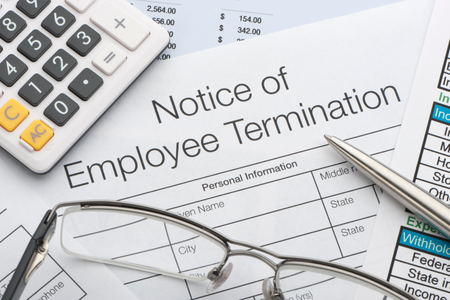September 3, 2024, marked a significant milestone for federally regulated employers as it was the final deadline for posting the first pay equity plan under the Pay Equity Act (the Act) and ensuring that their pay equity plans are accessible to all employees.
Federally regulated employers with 10 or more employees had 3 years to develop their pay equity plans. They must also review and update their plans every five years to identify and close potential wage gaps. In January 2024, the administration committed to advancing pay equity for federal workers.
The Office of Personnel Management (OPM) published a rule that prevents more than 80 federal agencies from considering an applicant's current or past pay when determining their salary. This is intended to help end pay discrimination that can follow workers from job to job and ensure that salaries are based on their skills, experience, and expertise. The administration also proposed regulations to advance pay equity and pay transparency for federal contractors.
Following the posting of the final version of their pay equity plan, employers are now required to implement any necessary compensation increases. These increases must be paid in full the day following the third anniversary of becoming subject to the Act (that is, Sept. 4, 2024, for most employers) at the latest, unless an employer is permitted to phase in the increases.
Employers must establish a pay equity plan to identify and correct gender-based wage gaps for employees in predominantly female job classes.
Employers must give the employees covered by their draft plan 60 days to provide comments; the employer must then consider these comments when preparing the final version of the plan. Thus, employers to whom the Sept. 3 deadline applied should already have posted their plan for comment.
Indeed, employers will have the option of phasing the increases only if these exceed 1 percent of their annual payroll. Payment periods may vary according to the size of the organization: for employers counting between 10 and 99 employees, the payment of these increases may be spread over a maximum period of 5 years, while for those with 100 or more employees, this period may extend over a maximum of 3 years.






